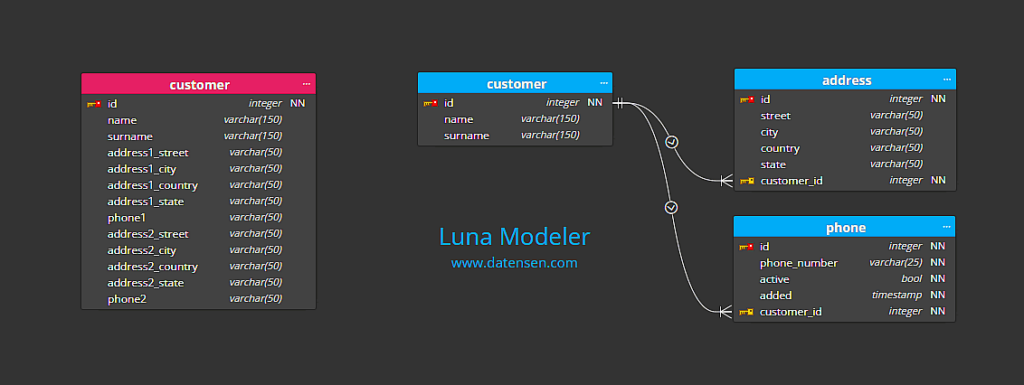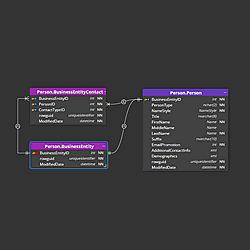Introduction to Database Normalization
Database normalization is the process of organizing data in a database to reduce redundancy and dependency. It involves breaking down a large table into smaller ones to reduce duplication of data and improve data integrity.
The objective of database normalization is to ensure that each table has a single purpose, and each data element is stored only once. This process is important in creating an efficient and effective database that can easily retrieve and manage data.
The Normal Forms
To achieve database normalization, it is necessary to organize data into various normal forms. Normalization rules provide guidance on how data should be structured within a database. The three most commonly used normal forms are the first, second, and third normal forms.
- First Normal Form (1NF) involves eliminating duplicate data by organizing data into separate tables. Each table should have a unique primary key, and each field should contain only atomic values.
- Second Normal Form (2NF) involves ensuring that each table has a single purpose and that all non-key attributes are dependent on the primary key.
- Third Normal Form (3NF) involves eliminating transitive dependencies, which means that non-key attributes should not depend on other non-key attributes.

Benefits of Database Normalization
Database normalization provides several benefits, including improved data integrity, better data consistency, reduced redundancy, and increased efficiency. Organizing data in this way reduces the likelihood of errors and inconsistencies, making it easier to maintain and update. Normalization also results in more structured and organized data, making it easier to query and retrieve.
Implementation of Database Normalization
The implementation of database normalization involves several steps. First, it is necessary to analyze the existing database to identify the tables that require normalization. The next step is to break down tables into smaller ones, with each table having a unique primary key. Once the tables are established, the relationships between them can be defined, and necessary constraints can be added to ensure data consistency and integrity.
Conclusion
Database normalization is a critical process in creating a structured and organized database. It improves data integrity, consistency, and efficiency, making it easier to manage and retrieve data. By following the normalization rules, databases can be designed to accommodate future changes and modifications, ensuring their longevity and usefulness.
